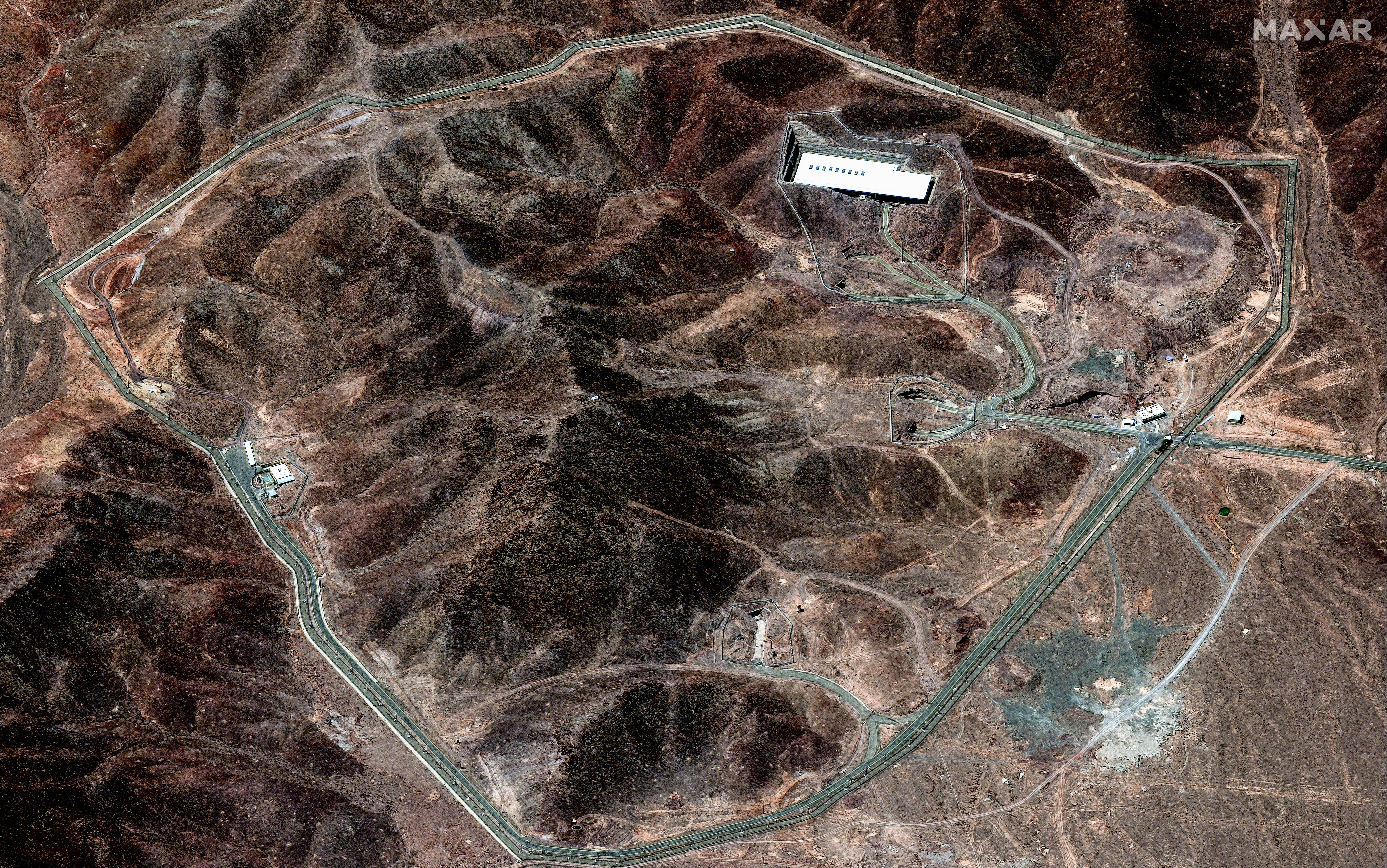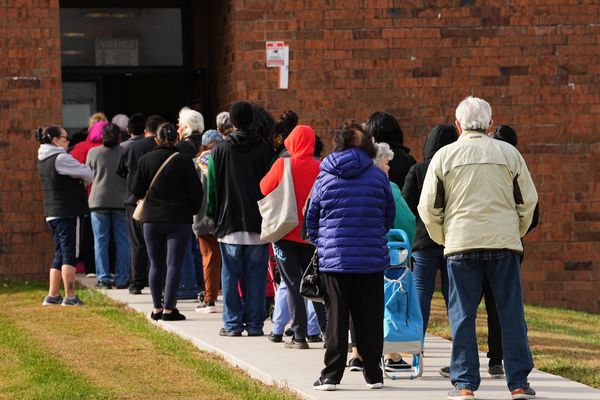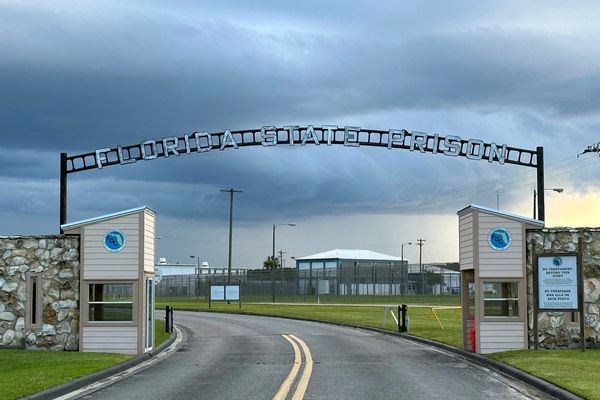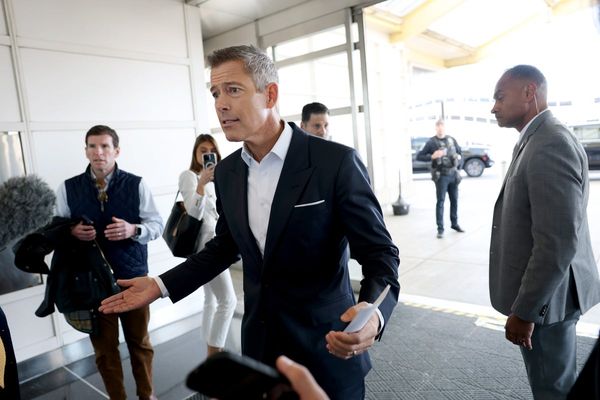President Donald Trump rejected a plan for further, more comprehensive U.S. military strikes intended to “truly decimate” Iran’s nuclear facilities, a new report states.
The president reportedly halted the new wave of airstrikes after the release of an assessment that found two of the three sites targeted in last month’s cruise-missile and bunker-buster bombs attack sustained only minimal damage, according to five current and former officials cited by NBC News.
It stated that one of the nuclear facilities struck by U.S. strikes last month was mostly destroyed, significantly delaying operations there, the sources briefed on the report said.
However, they added that two other sites may have been damaged to a point where nuclear enrichment could resume within the next several months.
According to the sources, U.S. Central Command had also drafted a far more expansive “all-in” plan that included targeting three additional Iranian sites than those that took place in Operation Midnight Hammer between June 21 and 22.
The six strikes would have unfolded over several weeks rather than in a single night, sources said. Those familiar with the plan said it was designed to inflict enough damage to “truly decimate” Iran’s nuclear program.
Described as a “protracted air campaign,” sources said more of Iran’s air defense and ballistic missile capabilities would have been targeted.
“We were willing to go all the way in our options, but the president did not want to,” one person with knowledge of the plan said.
Some administration officials believed a deeper offensive option against Iran was a viable policy, two sources said.
But Trump allegedly rejected the plan because it conflicted with his America First agenda, favored by high-profile conservative figures such as Tucker Carlson, which involves pulling the U.S. out of foreign wars and a potential for higher casualties on both sides, two sources said.

The report was commissioned as part of the Trump administration’s ongoing efforts to assess the status of Iran’s nuclear program, after the president claimed the U.S. military “obliterated” uranium enrichment sites Fordow and Natanz and the major research facility at Isfahan.
Some U.S. lawmakers, Defense Department officials, and allied countries were briefed on the report in recent days, four of the sources said.
The report appears at odds with the president’s claims, who just hours after a fleet of U.S. B-2 stealth bombers touched down in Missouri on June 22, returning from Iran, the president touted the “Monumental Damage” that was “done to all Nuclear sites.”
An initial analysis conducted by the Israeli military concluded that the Fordow site sustained serious damage but was not fully destroyed.
The recent assessment is a snapshot of the damage U.S. strikes inflicted amid an intelligence-gathering process that administration officials have said is expected to continue for months. Two officials said they may find that more damage may have been inflicted as the assessments may change over time.
The Independent has contacted the White House and the Defense Department for more information.







